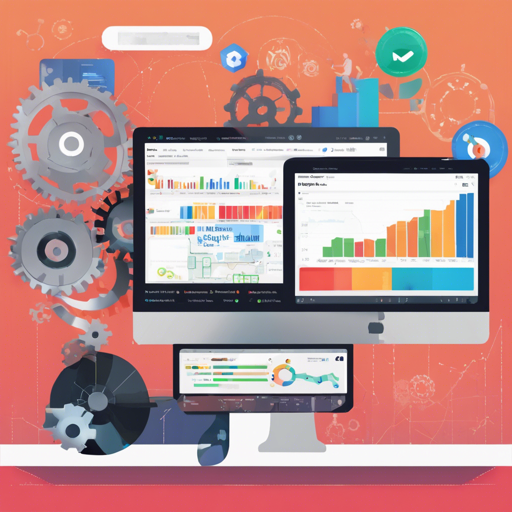Pull requests (PRs) are a pivotal part of the collaborative development process on platforms like GitHub. But how can you ensure that your PR workflow is efficient? In this guide, we will walk through setting up a GitHub Actions workflow that gathers important statistics from your pull requests.
Setting Up Your GitHub Workflow
To collect PR statistics, you’ll need to create a GitHub Actions workflow file in your repository. Here’s a step-by-step approach to accomplishing this.
1. Create the Workflow File
Start by creating a file called pr-stats.yml within the .github/workflows directory of your repository.
name: PR Stats
on:
workflow_dispatch:
jobs:
pr-stats:
runs-on: ubuntu-latest
steps:
- name: Checkout repository
uses: actions/checkout@v4
- name: PR Stats
uses: naver/pr-stats@v0.1.0
with:
token: ${{ secrets.GITHUB_TOKEN }}
- name: Create Pull Request
uses: peter-evans/create-pull-request@v5
2. What Each Step Does
Think of this workflow as a well-organized assembly line in a factory. Each station (or step) has a specific job to ensure the final product—valuable PR statistics—is produced efficiently.
- Checkout repository: This step is like unloading materials from a delivery truck so you can begin working on them.
- PR Stats: Here, the system processes the collected data (similar to assembling parts) using the naver PR Stats action, which extracts critical insights from your PRs.
- Create Pull Request: Finally, this step packages your data and sends it as a new pull request, ready for review. It’s like putting the finished product on the shelf for customers to see.
Understanding PR Statistics Outputs
Once the workflow completes, you’ll receive multiple CSV files summarizing your PR statistics:
- pr.csv: Contains detailed statistics for each individual PR.
- prList.csv: Summarizes average statistics across all PRs.
- user.csv: Showcases participation metrics per user involved in the development process.
Troubleshooting Common Issues
If you encounter issues while setting up or running your workflow, consider the following troubleshooting tips:
- Token Issues: Ensure your
secrets.GITHUB_TOKENis configured correctly in your repository settings. - Action Usage: If you see an error regarding the usage of an action, double-check the action and its version in your YAML file for correctness.
- Workflow Permissions: Make sure your workflow is configured to have the appropriate permissions to access the repository and perform the required actions.
For more insights, updates, or to collaborate on AI development projects, stay connected with fxis.ai.
Wrapping Up
By implementing this GitHub Actions workflow, you’ve taken proactive steps toward monitoring and improving your pull request process. This is crucial not only for individual developer feedback but also for team collaboration and productivity.
At fxis.ai, we believe that such advancements are crucial for the future of AI, as they enable more comprehensive and effective solutions. Our team is continually exploring new methodologies to push the envelope in artificial intelligence, ensuring that our clients benefit from the latest technological innovations.

